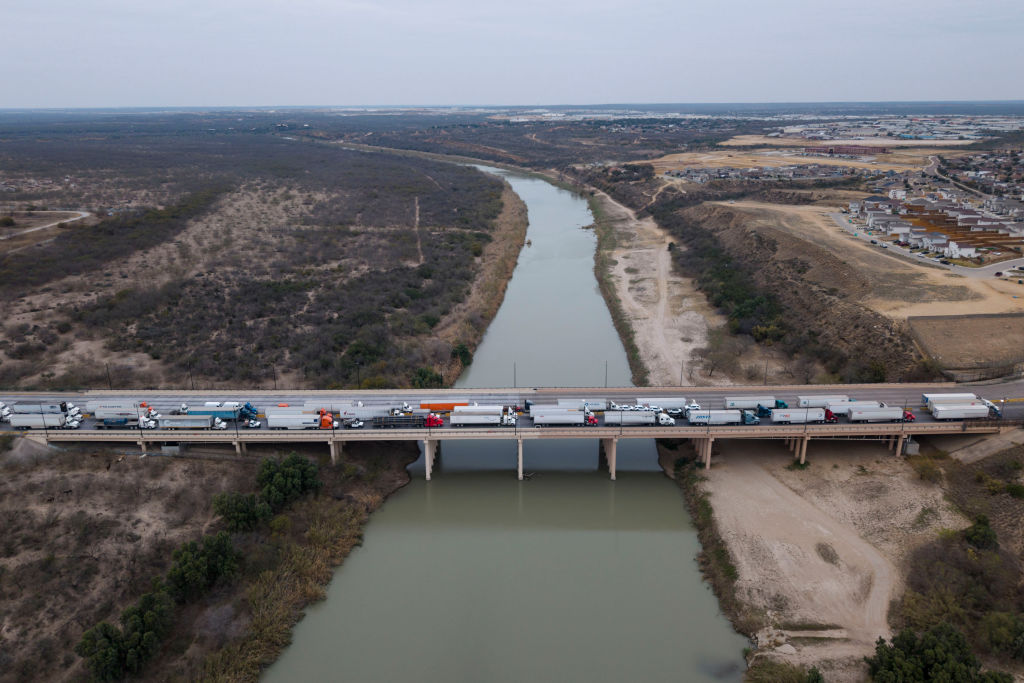Latin American Economies Ready for Bumpy Ride
Latin American Economies Ready for Bumpy Ride
Nervousness in world markets has cast a shadow over Latin America’s economies. But unlike previous crises, many analysts view the region as a motor for future growth, even as advanced economies struggle.
As in the rest of the world, Monday was not kind to Latin American stock exchanges. The region’s most important stock markets took a collective nosedive as investors scrambled away from emerging markets. Brazil’s BOVESPA index in São Paulo narrowly avoided brushing the 10 percent threshold at which the market suspends trading. State-controlled oil company Petrobras and mining enterprise Vale were among the market’s biggest losers, as fears of a global slowdown brought commodity prices down. Argentina’s Merval fared even worse, with a 10.7 percent drop—its steepest decline since October 2008. The rest of the region’s major stock exchanges also recorded heavy losses, including the Lima index at 7.1 percent, Chile’s IPSA at 6.9 percent, Mexico’s BMV with 5.9 percent, and Colombia’s BVC at 4.1 percent. Though most markets opened with rebounds on Tuesday, Latin America is likely to feel the ongoing effects of economic uncertainty in the United States and European Union. But while the world’s advanced economies fret over the possibility of a double-dip recession, many Latin American economies expect to continue growing.
Economists differ in their assessments of how bad the global slowdown will wind up hurting Latin America. “It may be too early to pronounce a global downturn, but there is little doubt that Latin America can’t escape without seeing its growth path suffer,” Morgan Stanley said in a report issued Monday. Mexican Finance Minister Ernesto Cordero said as much on Tuesday in an interview with Grupo Imagen Multimedia. Before Monday, Cordero said Mexico estimated its growth annual growth for 2011 would fall somewhere “very close to 5 percent… But the corrections have started coming in, and while we’re still between 4 and 5 percent, we’re much closer to 4 than 5.” Brazilian Finance Minister Guido Mantega echoed the sentiment at a press conference Monday, saying he expected Brazil’s economy to grow less than expected this year, though he did not provide specific figures.
At the same time, both finance ministers remained optimistic that their economies would continue to post strong growth over the medium term. “Our advantage is a strong internal market,” Mantega said. “On top of that, we have fiscal and monetary reserves, and methods of controlling the exchange rate (of the Brazilian real).” U.S. companies seem to agree. According to a report from The Los Angeles Times, corporations now look to countries like Brazil, with its expanding middle class and attendant growth in consumer demand, as the engines of future growth. The Economist Intelligence Unit (subscription) predicted in reports based on information gathered in July that the economies of Bolivia, Brazil, Chile, Nicaragua, and Bolivia would all grow between 4 and 6 percent in the coming three years. The U.S. economy, on the other hand, is less attractive. Growth remains anemic, with just 1.3 percent in the second quarter of 2011 and 0.4 percent over the first quarter, compared to Mexico’s 5 percent growth in the first trimester of the year. Progressive economist and Nobel Prize winner Joseph Stiglitz told The Miami Herald columnist Andrés Oppenheimer he remains “very optimistic” about Latin America’s possibilities for growth, even in a climate of stagnation in the United States and Europe.
Latin America’s resilience in the face of U.S. economic stagnation seems to support the thesis that the region has “decoupled” from the United States—historically, Latin America’s largest source of investment and its biggest foreign market. The idea first came into vogue to explain Latin America’s strength bouncing back from the Great Recession due to its growing internal markets and increased economic links with Asia, especially China. This time around, the Obama administration is looking to ramp up exports to emerging markets like Brazil to help the U.S. economy climb out of its slump. The United States currently exports more than three times as much to Latin America as China, Obama pointed out before a trip to the region in March. Al Jazeera English correspondent Gabriel Elizondo pondered the implications after watching U.S. Ambassador Tom Shannon speak at the AS/COA conference in São Paulo this week. As Elizondo tweeted: “Does the U.S. need Brazil more than Brazil needs the US right now?”
Learn more:
- Consult the webpage of AS/COA's “Brazil on the Global Stage" conference in São Paulo.
- Hear Barack Obama discuss the importance of Latin America for creating U.S. jobs.
- See Gabriel Elizondo’s Twitter feed.
- View the August 8 press conference with Brazilian Finance Minister Guido Mantega.
- See the U.S. Bureau of Economic Analysis’ July 29 report on gross domestic product for the United States.








